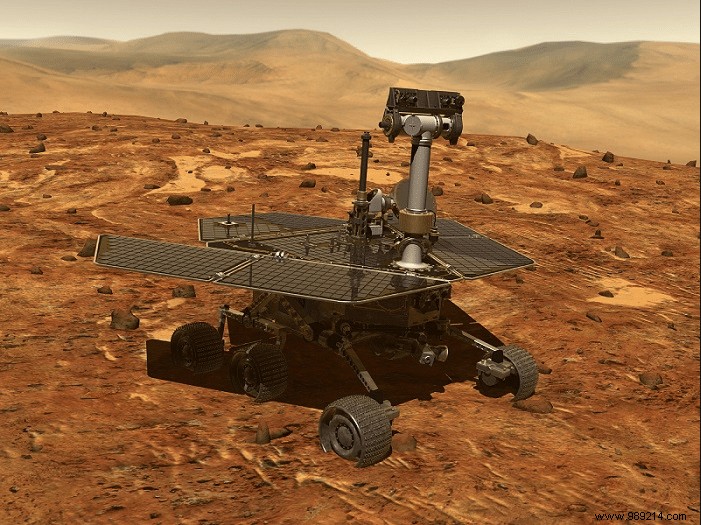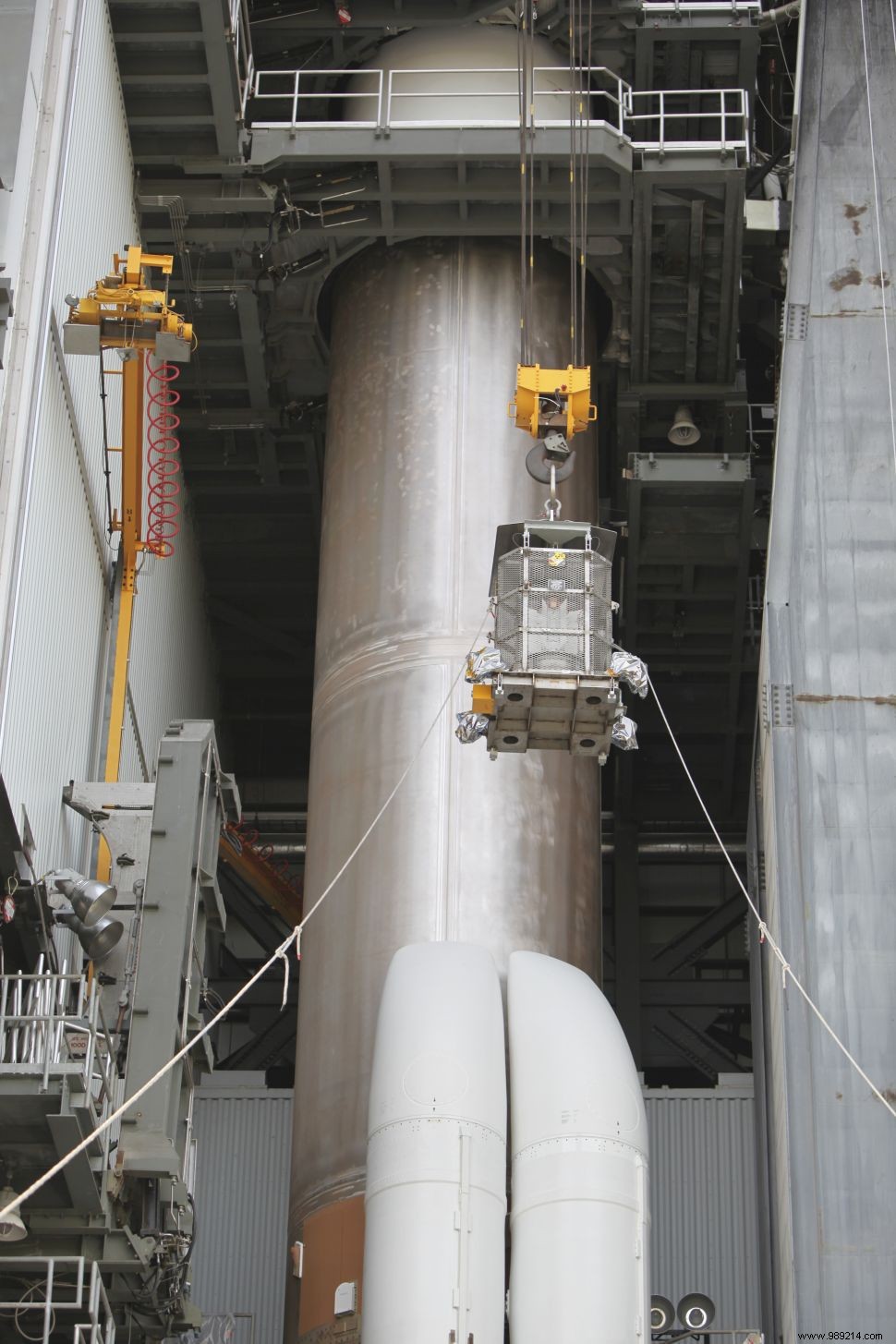During its minimum two-year journey on Mars, the American rover Perseverance will have to face difficult weather conditions that will deprive it of solar energy. This is why NASA turned to radioactive plutonium.
NASA has just successfully launched its long-awaited Mars 2020 mission, whose objective will be to land Perseverance on the surface of the red planet. This will have the task of looking for traces of microbial life in the Jezero crater. To carry out its mission, the rover will be able to rely on radioactive plutonium as an energy source.
“We will have to explore dusty and sometimes very dark places "says June Zakrajsek, a nuclear fuel expert at NASA's Glenn Research Center in Ohio. "When you're in these kinds of environments, solar power is often not enough “.
The case of Opportunity is a perfect example. Caught in a gigantic dust storm in June 2018, the rover found itself deprived of sunlight for months. Unable to reconnect with him, NASA finally had to abandon him in February 2019.

To prevent this type of setback from happening again with Perseverance, the engineers therefore opted for nuclear. Called the Multi-Mission Radioisotope Thermoelectric Generator (MMRTG), his system should be able to power it for about fourteen years .
Note that the Curiosity rover, still active on Mars since 2012, also benefits from this source of energy. Moreover, the MMRTG of Perseverance is largely based on that of its cousin. The plutonium will disintegrate, releasing heat that a generator will convert into energy to power all of the rover's instruments.
This heat will also be used to protect Perseverance from freezing nights and winters on Mars. Indeed, the Martian atmosphere is about one hundred times thinner than that of Earth . Without this "thermal blanket", then the planet cannot retain any thermal energy. On site, the average temperature is around -60°C.
In winter, near the poles, temperatures can drop to -125°C. A summer day on Mars can certainly reach 20°C near the equator, but at night the temperature can drop to -73°C.

Note that basically this plutonium n was not. It was neptunium. Engineers irradiated it with neutrons in a nuclear reactor for almost two months, in order to convert it into plutonium compatible with MMRTG. The element is then combined with ceramic, making it a safer compound than that used in weapons.